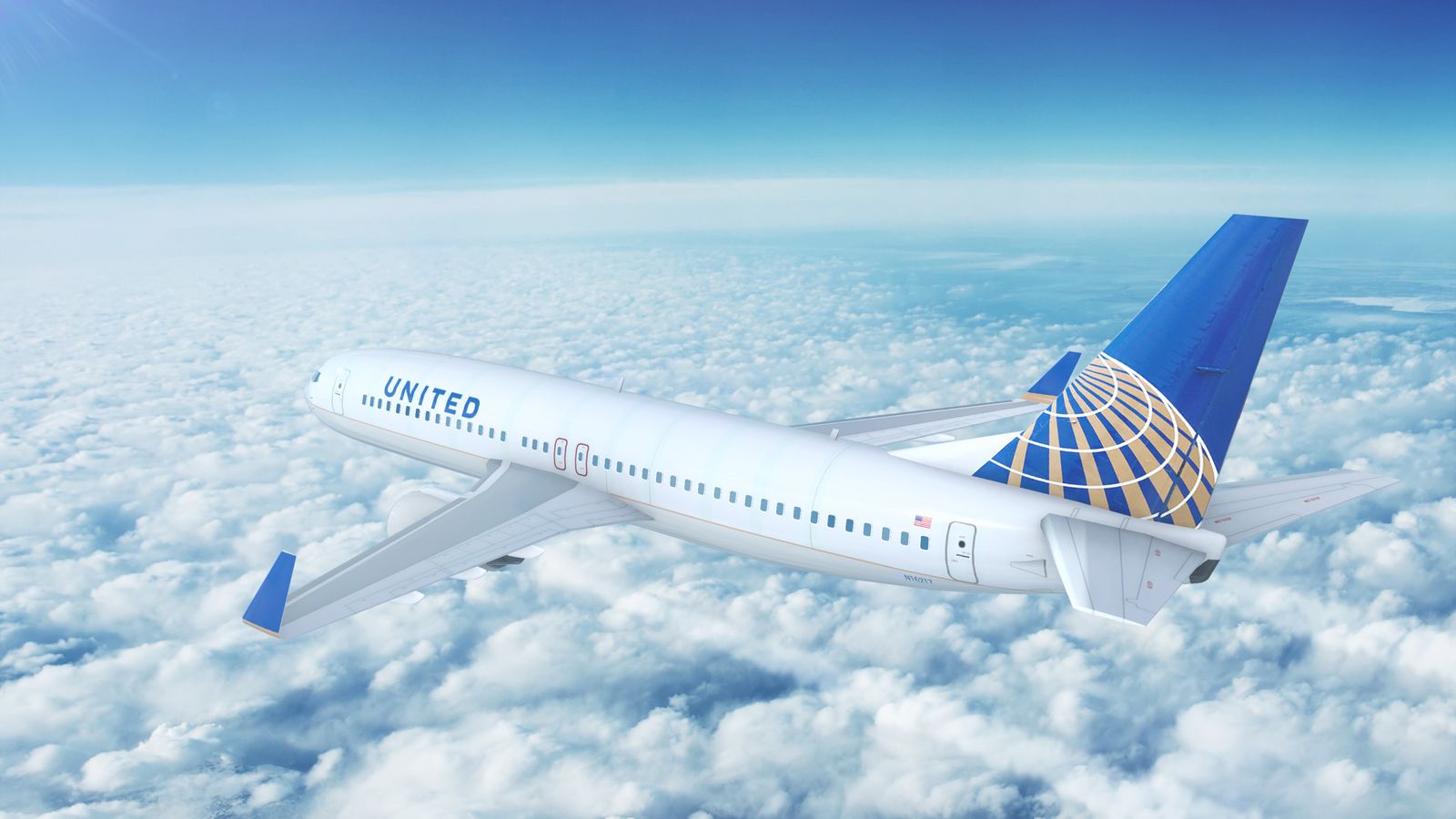Air transportation service company United Airlines (NASDAQ:UAL) is up 43% in 2021 and the short-term momentum in UAL stock appears ripe for a continuation into the future.

Vaccines are being rolled out, cities are re-opening and summer is right around the corner. The Transportation Security Administration (TSA) announced that on March 14, more people passed through U.S. security than a year ago.
United Airlines CEO Scott Kirby even came out and said that the company is increasing prices for summer travel. All of this bodes well for UAL stock in the short to intermediate term, but the individual investor should very much be aware of the long-term risks surrounding an investment in UAL.
Here’s a closer look at some of the risks.
The Obvious Risks Behind UAL Stock
2020 was a rough year for a wide range of industries, but airlines might have taken the cake for being the most beat down. It has been over a year since shelter in place took effect and we’re just seeing a year-over-year increase in airport activity. In 2020, UAL’s annual revenue declined 64.5% YoY, earnings per share declined 318.5% YoY and the total debt balance rose by more than 50%.
UAL stock is still 32% off of late January 2020 prices and even the slightest bit of negative coronavirus news (a spike in cases due to re-opening, new strain, vaccine having severe side effects, etc.) should spell trouble for the stock price.
Not only are airlines affected by Covid-19 due to the nature of close proximity, but airline revenue is driven by strong economic growth and consumer spending. If the economy and consumer spending don’t recover as expected, then this should have a material effect on the recovery of UAL stock, revenue and earnings.
The Debt Balance and Rising Interest Rates
Over the 5 years leading up to 2020, United Airlines had been improving its balance sheet immensely. The company’s debt-to-equity ratio (D/E ratio) was falling and the interest coverage ratio (ICR) was rising. Having a lower D/E ratio indicates less reliance on debt to fund operations and a higher ICR indicates a company’s ability to pay off debt interest as it comes due. Then the year 2020 hits, and in order to stay afloat, United starts issuing debt backed by, “spare airplane parts.”
The second issue with the reliance on debt is the current interest rate environment. Currently, long-term interest rates have been rising of late and some economists predict record level interest rates over the next decade. If UAL struggles to recover and needs to rely on debt to fund operations, then rising interest rates will inhibit their ability to get access to cheap debt financing and should as a result increase interest expense.
Bill Gates Weighs In (He Always Needs to Weigh In)
Another major factor to consider is what will business travel look like going forward. According to Bill Gates, business travel will be half of what it was prior to Covid-19. If Bill Gates is right, then these airlines might have a massive long-term problem on their hands. One source claims that 75% of airline profit comes from individuals traveling for business. To an extent, that makes sense given most business flights are booked last minute and those tend to be the most expensive tickets.
What Is United Saying About Itself?
Hypothetically, if Bill Gates is correct in his business travel prediction, then United would most certainly struggle to attain pre-covid level profitability, right?
Well, CEO Scott Kirby stated in his last call that, “by 2023, at the latest, though possibly earlier depending on the pace of demand recovery … [its] EBITDAR margins … will exceed 2019 levels.” EBITDAR is a profitability measurement that the airline industry uses.
Considering 2023 revenue estimates for the company are currently $39.407 billion, in order for it to exceed 2019 profitability margins, UAL needs to seriously reduce its operating expenses over the next few years.
Salary expenses have represented at least 30% of total operating expenses since 2015 and either the government will need to keep paying UAL’s employees (remember money does grow on the government’s trees) or the company will need to permanently reduce their workforce.
Final Thoughts on United Airlines Stock
In comparison to: Delta (NYSE:DAL), American Airlines (NASDAQ:AAL), Jetblue (NASDAQ:JBLU), Southwest (NYSE:LUV) and Spirit Airlines (NYSE:SAVE), UAL’s current stock price is trading the furthest from its pre-covid highs and given the short-term tailwinds, UAL could see some solid price appreciation over the next few months. However, it is hard to paint a positive long-term picture for UAL and airlines in general.
The uncertainties related to the coronavirus, the future of business air travel, the debt balance, rising interest rates and potential for less-than-optimal economic growth make UAL stock very vulnerable to large decreases in price.
As of this writing, Thomas Logue did not have (either directly or indirectly) any positions in the securities mentioned in this article.
